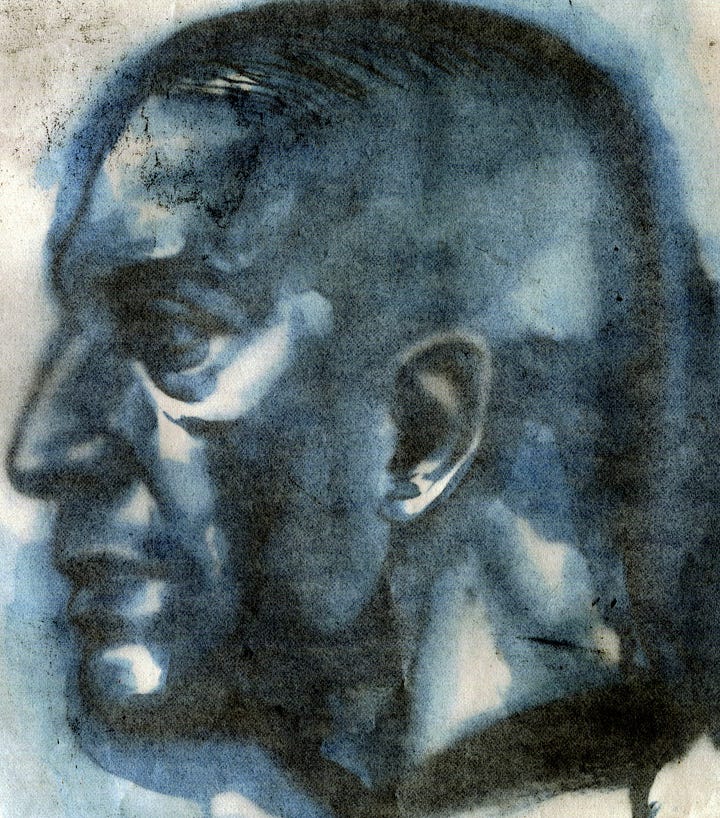
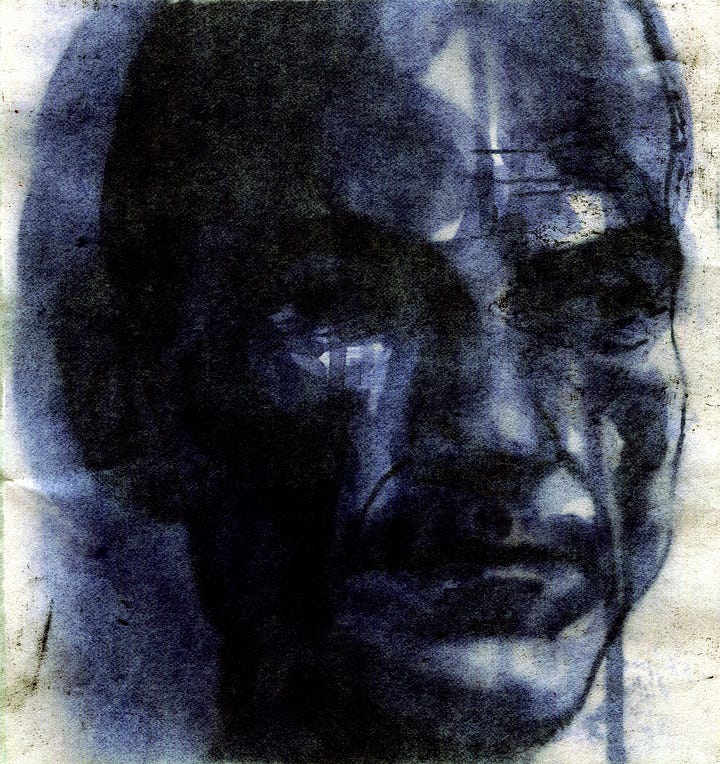
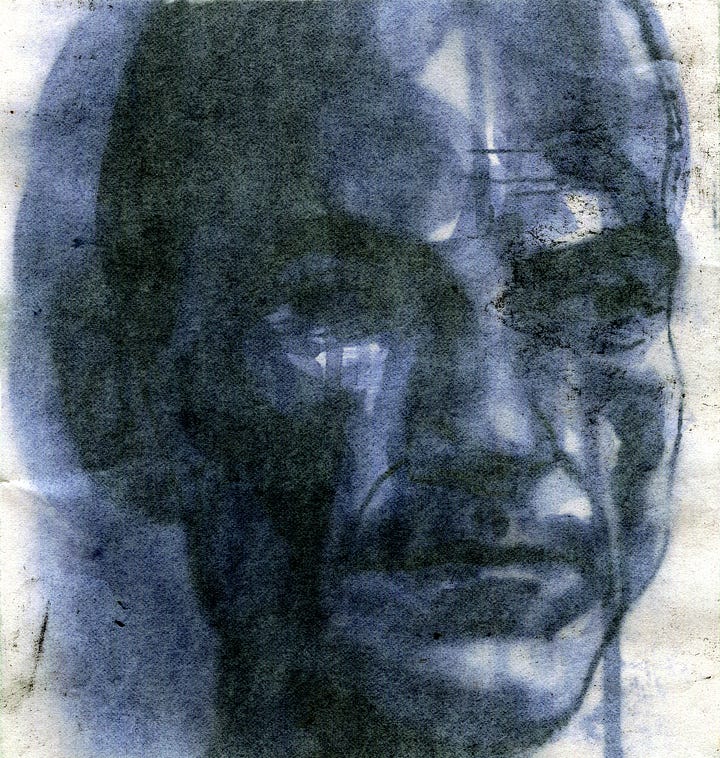
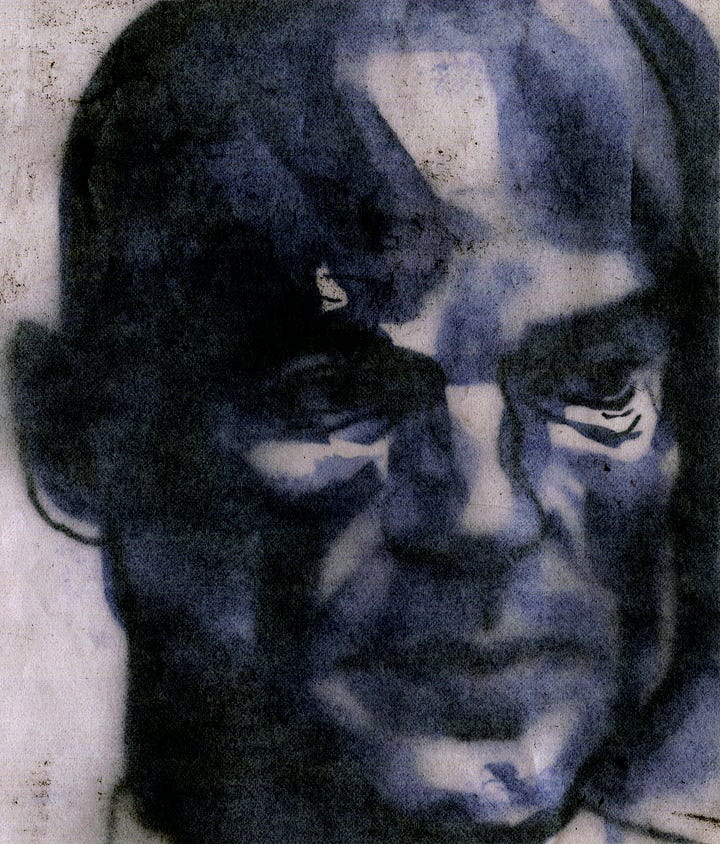
The world needs more paint less pixels. In lithography I became tuned to the thwucking sound of the ink adhering to the roller as I rolled it out over a sheet of glass. The roller needed to be charged with just the right amount of ink and the consistency of the ink needed to be perfect to fill the exposed lines. In oil painting, experiencing the profound difference between pulling and pushing the paint and the surface changes this produces. If visual thinking was just a feeding tube between our eyes and brain, with some finger tap dancing inputs —-then our digital devices would make perfect sense.
How did we get here? In 2002 one of the founders of Alias/Wavefront, a Toronto company that developed the 3D program Maya, spoke at our College Convocation. Which of the founders is lost in the sands of my memory, he said he was originally a musician, but what he talked about I will never forgot. He spoke about how horrible our digital interfaces are. He described a product that they had begun to develop, but no doubt as the company changed owners over the next 3 years, the idea was scrapped. He spread his arms across the lecturn to conjure an interface the size of a drafting table, with a folder system in layers controlled by hand gestures, pulling active files forward and pushing dormant files back. A 3 dimensional computing space that we physically engaged with. He said that the world we were making needed artists to use their whole selves.
When I was a teenager I helped my mother in a centre that used The Doman-Delacato method of psychomotor patterning for children with different forms of cognitive impairment. The child lay on a table covered by a textured carpet and 3 of us would move the limbs and head of the child in a pattern that simulated the creeping a baby does as it begins the process of crawling and then walking. The practice was based on studies that showed the physical/tactile act of creeping and crawling in infants was critical for cognitive development. The practice was based more on hope than science and its lack of real effect led to its demise.
The failure of patterning in this specific use does not negate the critical aspect of learning through action and sensory input. Just as I hope every kid gets an opportunity to draw, we should also be offering courses in making and building things. I didn’t pick up a hammer until I was 19. I was the youngest of 7 kids, and terrified of making mistakes and so ofcourse I made them all the time. My father was an engineer and a very competent carpenter but with zero patience for me. My College arts education made it necessary to build stretchers, stretch canvas, and install artwork. I had to learn by doing. Years later, renovating a loft space and installing 125 sheets of drywall using scaffolding made me a better artist, not in The Karate Kid ‘fence painting’ exercise of building muscle memory, but in the planning, execution, and completion of mental and physical tasks. Working with materials builds our capability to take on complexity and think through problems.
This is a critical time for visual creators to come together to fight for our collective visual practices. Preserving a visual landscape as an ecological environment with real materials and space that we exist within should be a rallying cry. The destruction of our visual ecology may not seem as pressing as our climate concerns, but how do we navigate complexity and solve problems in the real world when we are surrounded by the intangible and have no contact with the reality we live within. The flattening and homogenization of Illustration is one symptom of the limitations of our shared interfaces, as one Art Director called it, ProCreate fatigue. I use Photoshop as I used to work with lithography, as a vehicle to construct the image through the exploration of the medium and not as a medium that produces my image. Thinking that we can type words in an app to make art shows how bereft our understanding of visual culture is. Let’s reclaim ourselves and the materials that inform us as the interface for making art.




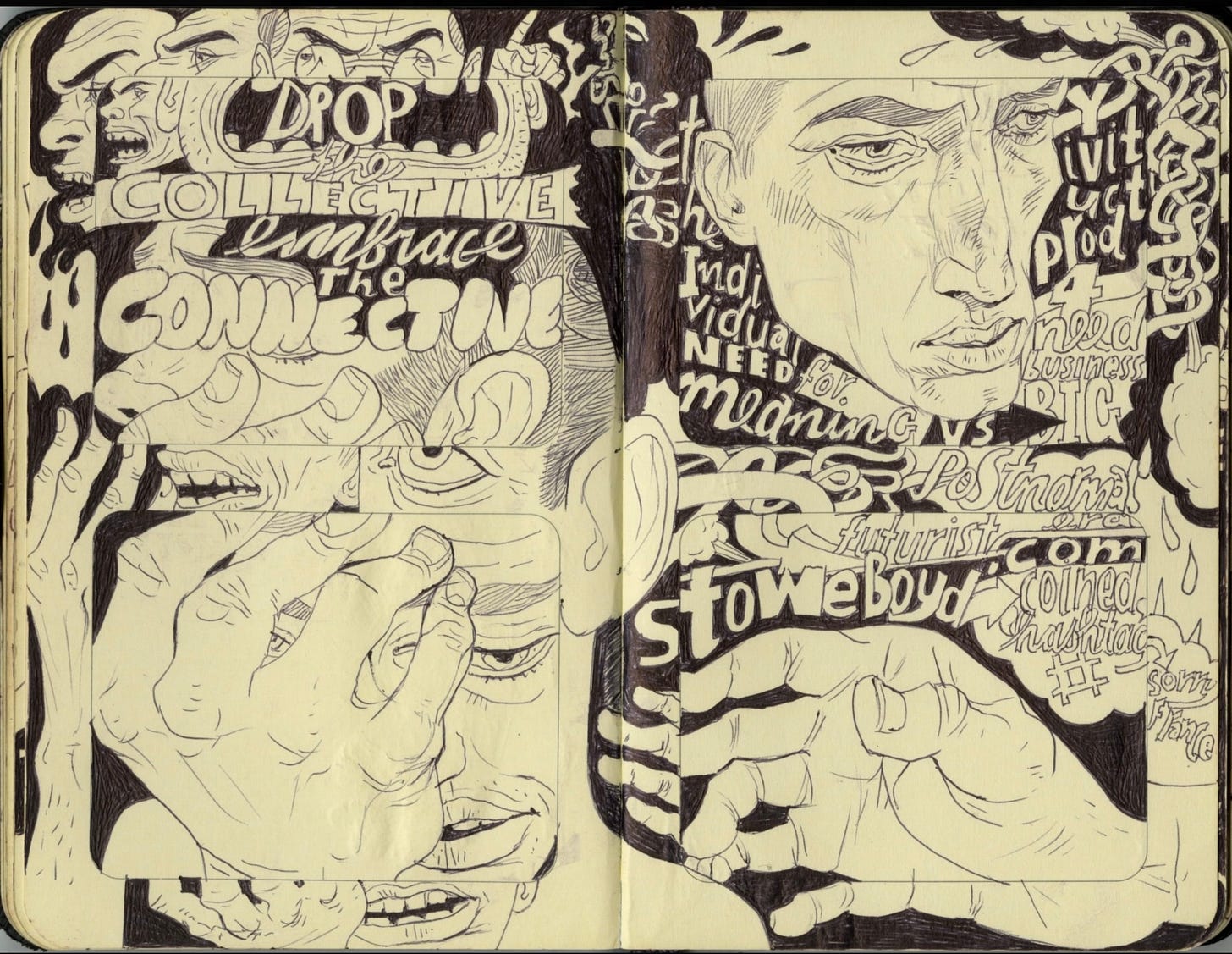
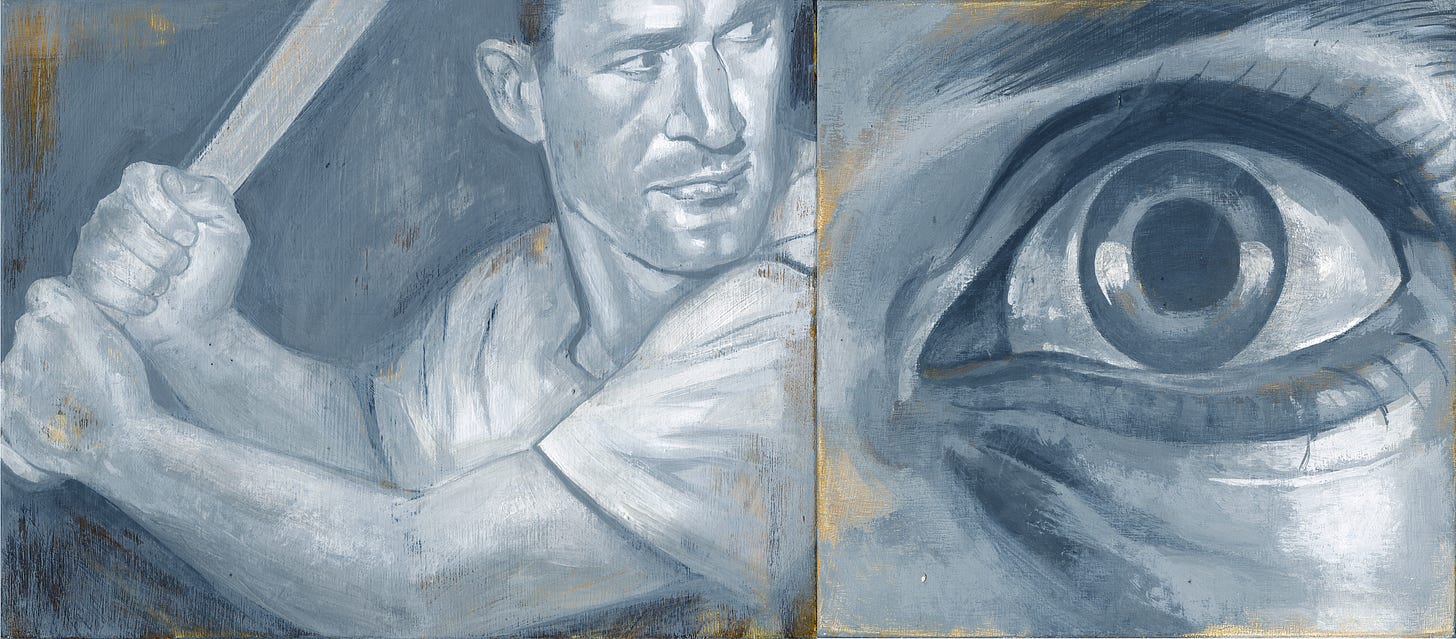
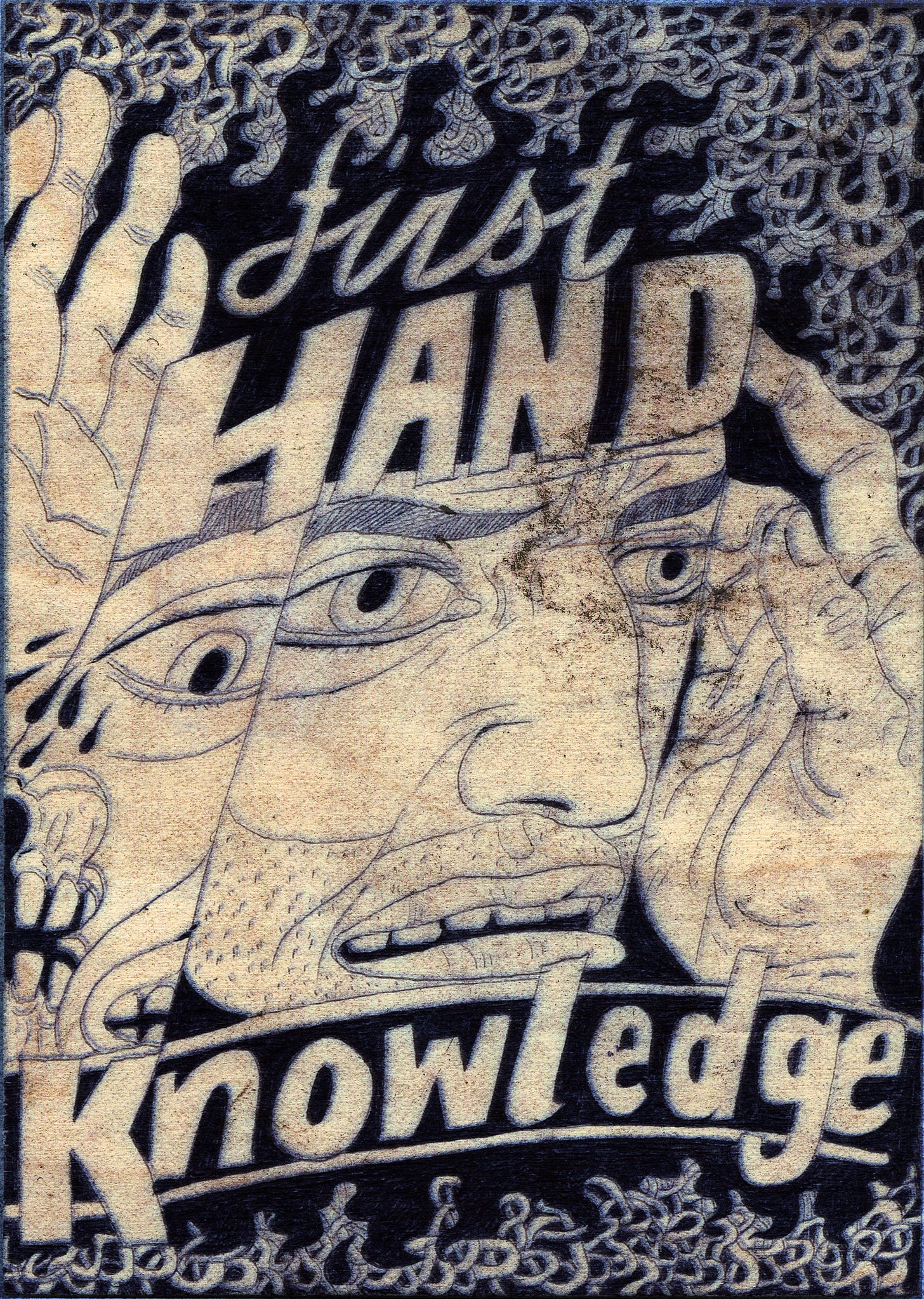
Struggling with the whole AI thing as a comic book guy. I don't see much difference between AI and what is called comics art these days from mainstream publishers. It cycles back to why I don't work there anymore :). If you respond to the touch and feel and look at your drawing in the moment you're not making the icon the "reader" wants. Your stopping them from entering into the "world" of the comic by asserting the presence of the artist creator as a voice in it.
For a reader what matters is the brand/character/story for the creator what matters is the making and how it reflect their self. In comics at least, you may have to kill the self to be the brand so I'm not sure there's any space left for creators in that universe.
thanks for making think this through.
Have you seen / read Amy Sillman On Drawing.